Ten Places to Explore at the Library of Congress in Washington D.C.
Washington D.C, the capital of America, is full of historical places and attractions that are FREE and open to the public throughout the year. One of the most beautiful spots to explore is the Library of Congress, located on Capitol Hill and next door to the Supreme Court Building.

The Library of Congress, the world’s largest library, was first created by President John Adams in 1800. The original collection of 700+ books and maps used by Congress was destroyed in a fire set by British troops during an invasion in 1814. Thomas Jefferson later sold thousands of books from his personal collection to Congress to help establish a new Congressional library, which quickly expanded and needed a new space. The separate Library opened in 1897, and was later named for Jefferson, with two additional buildings built: the Adams Building (across the street) was added in 1938 and the Madison Building (next door and across Independence Avenue SE) added in 1980. The Jefferson Building was the first building in Washington D.C. to be built with electricity and it includes the work of over 40 painters and sculptors.
The Library of Congress’s current collection includes over 175 million items (51 million cataloged books and print materials, 4+ million recordings, 17+ million photographs, almost 6 million maps, 8+ million pieces of sheet music, and over 77 million manuscripts) and welcomes millions of visitors each year to tour its beautiful halls and conduct research (by appointment) in the famous Main Reading Room and adjacent reading rooms. The Library of Congress archives thousands of objects each year, hosts concerts and performances, and is the home to the U.S. Copyright Office.

Travel Tips:
Ten Places to Explore at the Library of Congress Jefferson Building:
- Complete the Scavenger Hunt while touring the Library. Kids (and kids at heart) can pick up a free scavenger hunt after the security check and search for animals hidden throughout the carved marble, in the staircase, and even outside the building! Make sure kids also go online to access tons of author programs, activity kits, and worksheets and posters to print.
- A copy of the Gutenberg Bible. The Gutenberg Bible is the first book printed in Western Europe, in 1450, that used “moveable metal type.” Gutenberg produced less than two hundred copies of the Bible, and today, about 20 complete copies still exist. The Library of Congress’s copy is unique in that it was printed on vellum, made from animal skins. The Bible has three volumes and the Library staff rotates the volume, and even the page, on display every three months.
- Not an Ostrich exhibit, the current exhibit in 2024, of 400 curated pieces of photography from the Library’s collection of over 14 million photographs.
- The Great Hall, created in the Italian-Renaissance style with 75 foot ceilings. Be sure to look up and see the beautiful stained glass skylights and triangular vaults displaying the names of famous writers, and some of their most famous quotes, and look down at the floor, which displays the 12 zodiac sign.
- The marble staircases to the second floor showcase sculptures of children representing careers such as electrician, gardener, and teacher.
Would you like to save this?

- The Thomas Jefferson Library, a reconstruction of part of Jefferson’s original collection. The display is circular with books labeled into four categories, including ones that were a part of Jefferson’s original collection. There is a large interactive television that allows guests to ask questions to a virtual (but live) librarian.
- The Join Us exhibit, showcasing voluntary associations in America. Learn all about various groups and how to get involved in your own community.
- The mosaic of Minerva at the top of the stairs leading to the overlook for the Main Reading Room. The Roman goddess of wisdom and defensive war, Minerva is holding a spear and a scroll.
- The Main Reading Room; climb the stairs (an elevator is available) to peer down into the Main Reading Room, which includes 236 desks for reading and research, and 16 bronze statues which honor men “whose lives symbolized the thought and activity represented by the plaster statues”, according to the Library. Be sure to look around the round room to see the ten foot high female figures, representing “characteristics of civilized societies”: religion, commerce, history, art, philosophy, poetry, law, and science. The Main Reading Room is accessible via a reservation.
- The 1507 map, considered the most important map in the world because it included the Pacific Ocean as a body of water (at that time, not yet seen by Europeans), it included a fourth continent, and it used the word “Americi” for the first time.




Bonus: Kids will enjoy the Young Readers Center & Programs Lab (open Wednesday through Saturday) and the Lab’s various activities centered around the Library’s collections.
Looking for other adventures in Washington DC? See our index of posts here, our full Washington DC City Guide here, and our posts featuring the Kennedy Center for Performing Arts, the National Zoo, the Library of Congress, the Smithsonian American Art Museum and National Portrait Gallery, the National Museum of American History, the National Museum of African American History & Culture, the National Museum of the American Indian, the International Spy Museum, the National Building Museum, the National Postal Museum, and Mount Vernon. And follow along on our adventures on Instagram, Facebook, Pinterest, and X.


















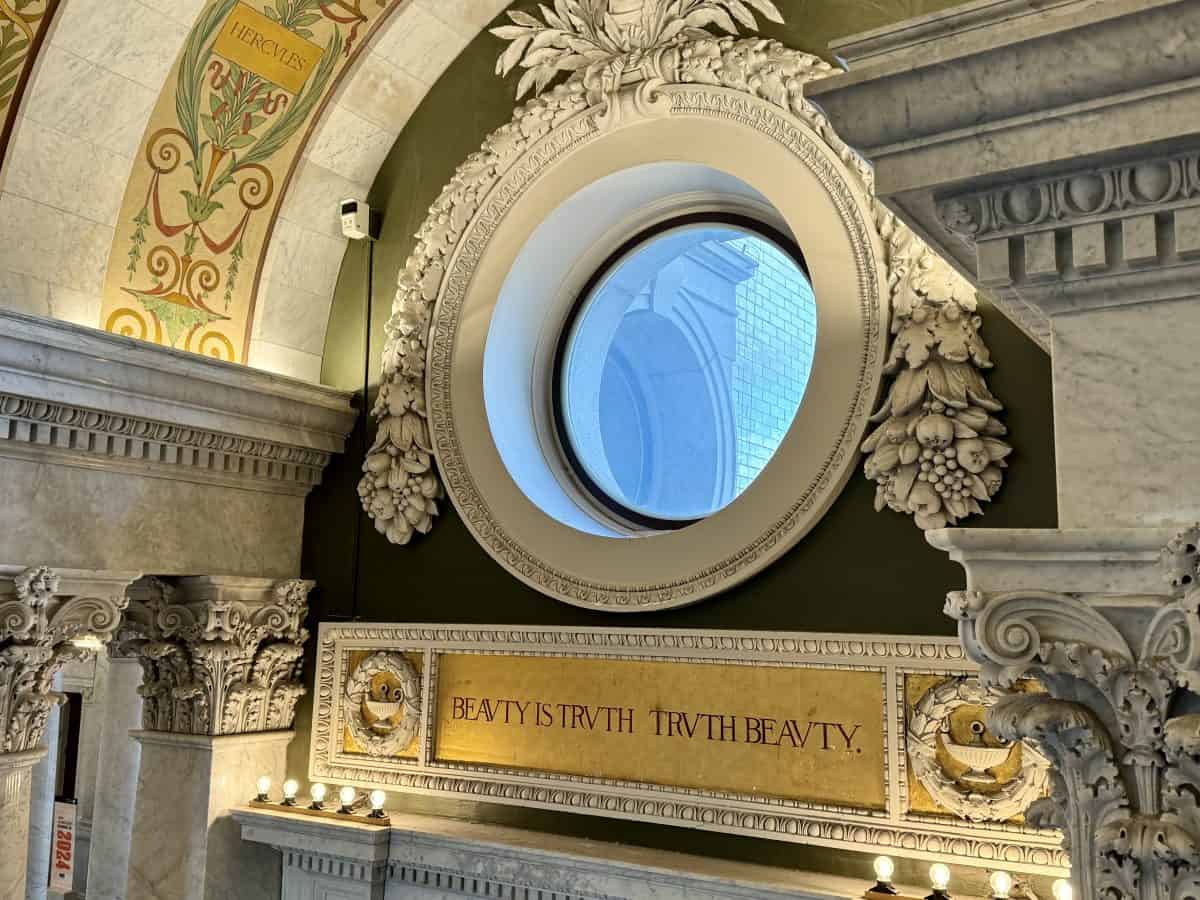

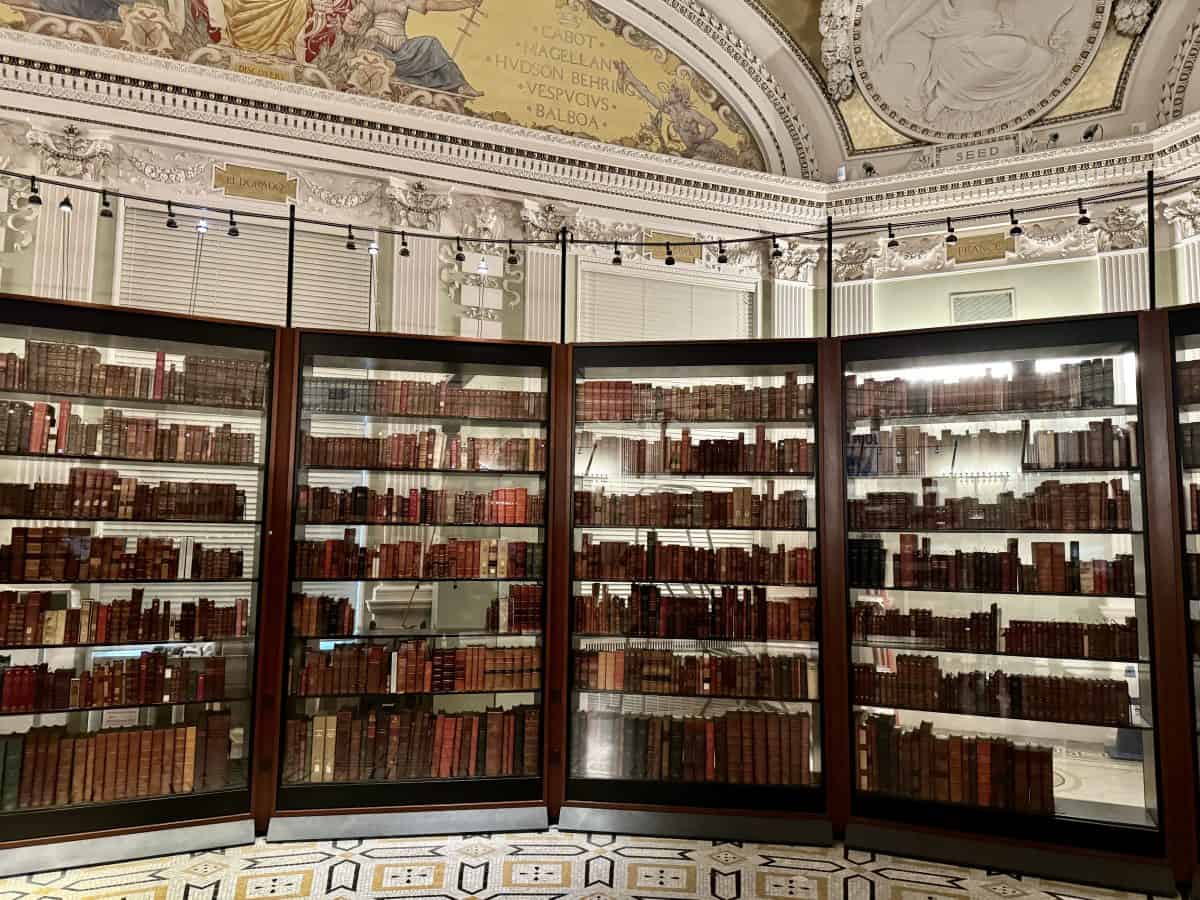





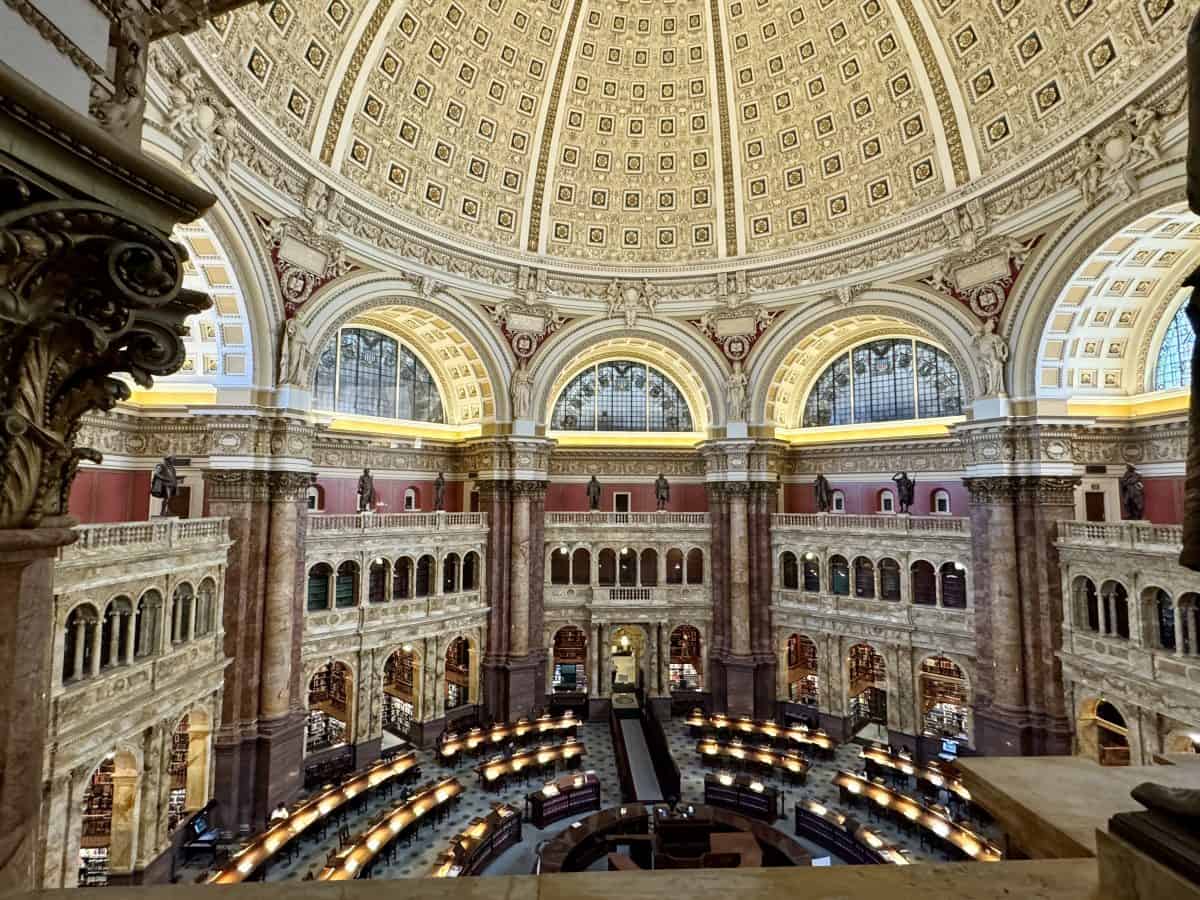

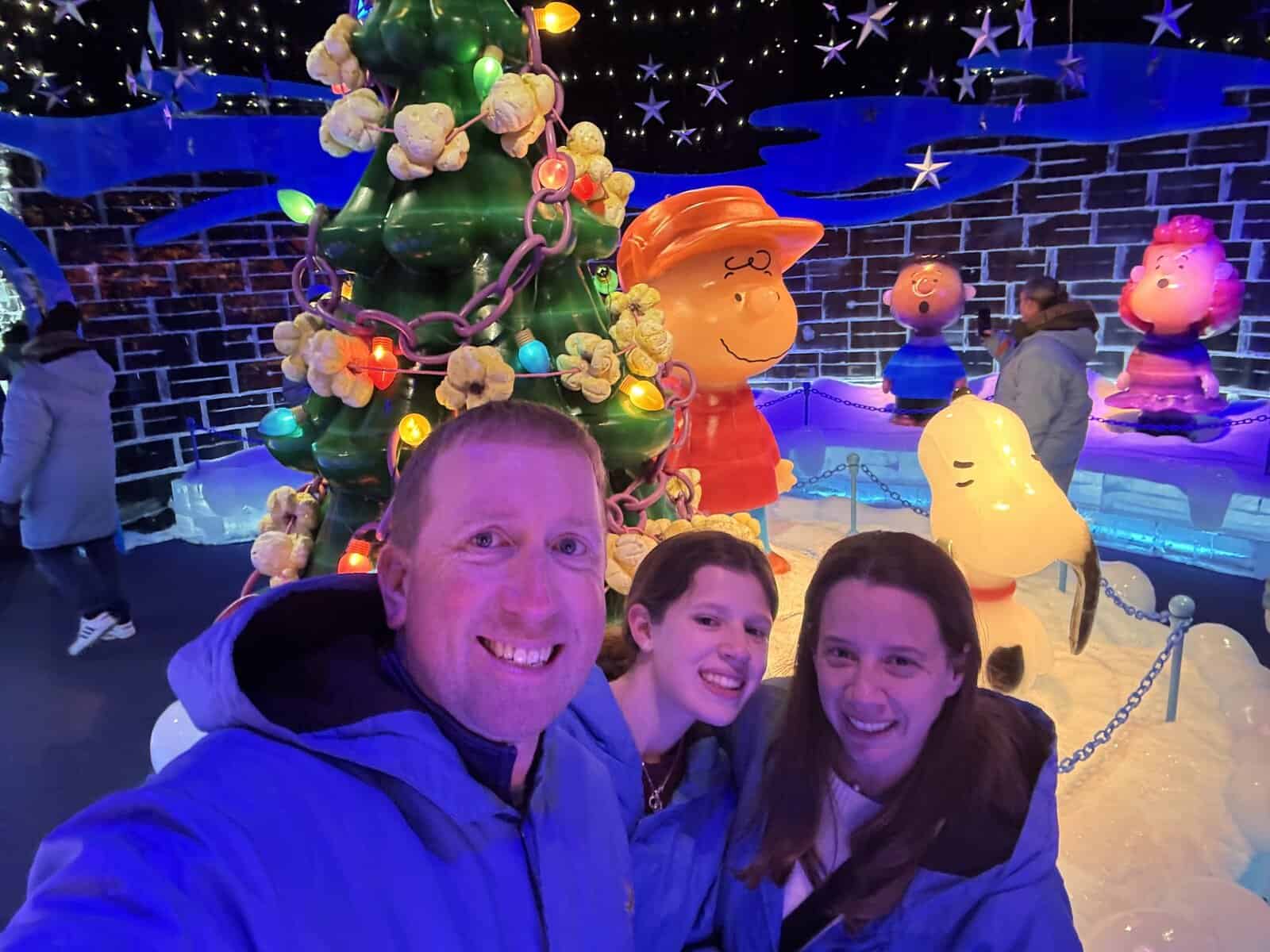



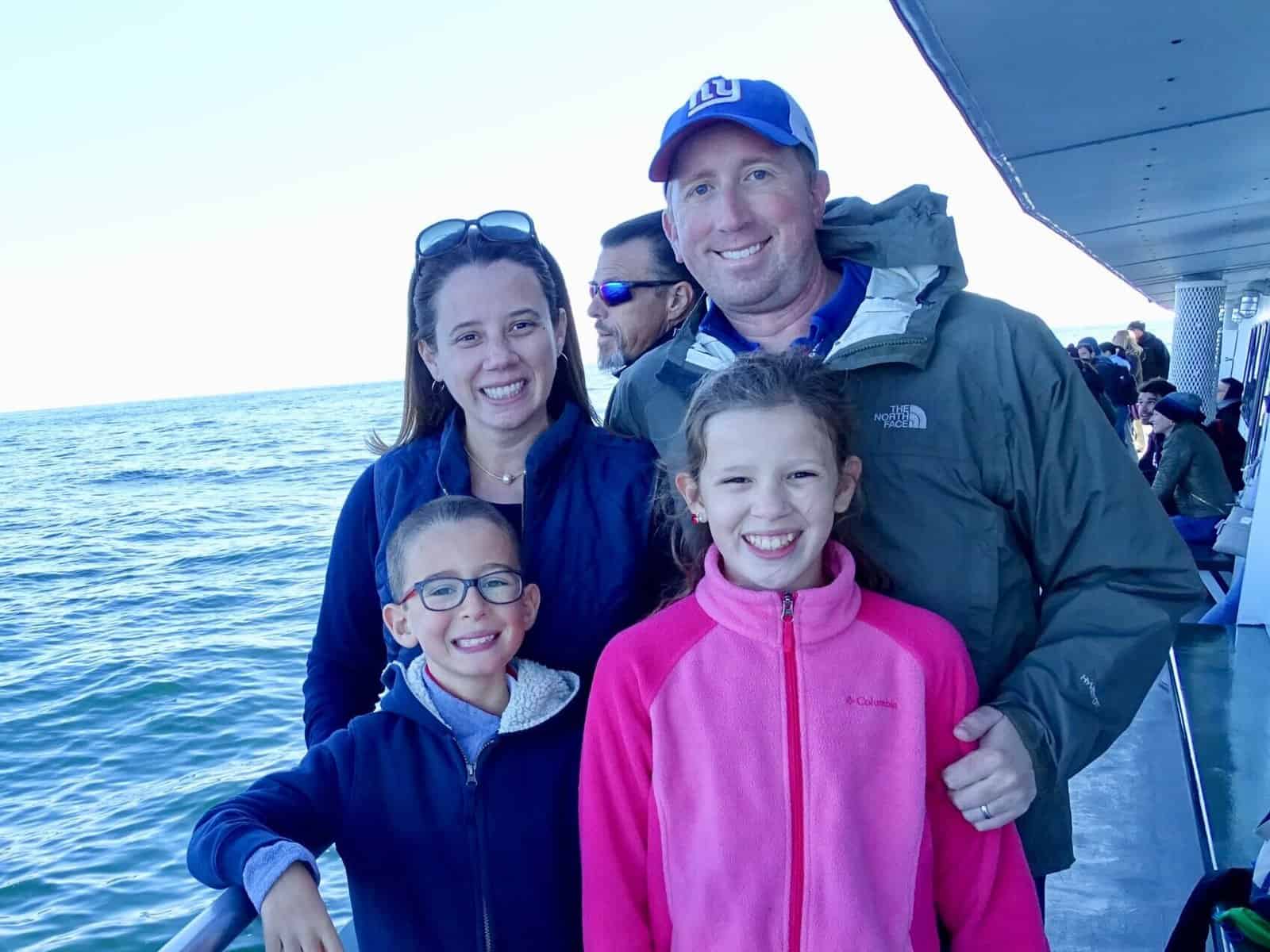
I love the mix of history and art! This is so detailed, so good!
Great, detailed overview!
The Library of Congress is on my list of must-see places in Washington and I will definitely use your recommendations. Thanks for the useful tips!
Can I access the Main Reading Room, and are there any tips for preparing a research visit to make the most out of the Library’s resources? Is this something you’re allowed to do? Thanks!
Yes, but you do have to make a separate reservation.
We have a large group of about 23 fifth grade Safety Patrol students going to Washington DC from Key Largo Florida. Is there some kind of cool activity they can do to learn more about the Library of Congress? We are going to be there on the 20th of May, 2025.
thanks for asking! I believe there are scavenger hunts or activity books for kids to fill out… definitely fun and engaging.. if I am remembering correctly, kids have to find specific details in the artwork and architecture. Perhaps call to confirm if they’ll have copies on site or if you should print something out from their website ahead of time.
Perfect! Thank you for posting this. We love road-tripping with our kids and have now done all 50 states! (Cruised Alaska and laid on the beac in Hawaii though). The day we were in Washington DC it was July 4th so LOC was closed and I was so disappointed. I’ll be there alone this weekend and am looking forward to checking out these points of interest!